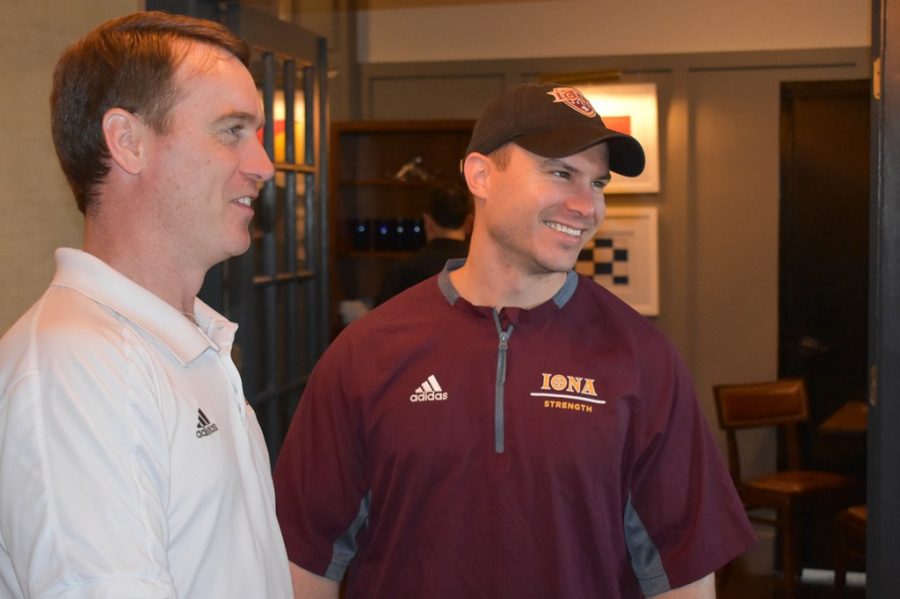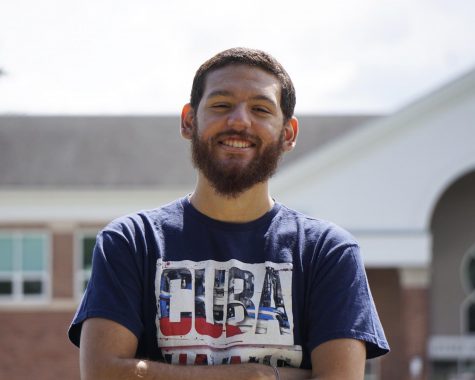Strength and conditioning processes overhauled over the summer
Strength and conditioning head coach Kelly Shaver has been a part of Iona Athletics since 2013. / Photo courtesy of icgaels.com.
September 18, 2020
Iona College has changed their trainings drastically over the summer to comply with coronavirus regulations, leading to a major overhaul in the strength and conditioning department.
Usually when the season starts up, teams are ready to keep the team in top shape and skill, practicing tactics, plays and drills. This season, it’s been all about bringing the athletes back to the level at which they once were.
Head Strength and Conditioning coach Kelly Shaver has been leading the changes for the past few months, looking over every drill given to the players. Pressure started to build up for Shaver when quarantine first happened, as exercises that worked indoors needed to be given to the players to keep safe during the pandemic.
Usually, athletes are given a summer packet, anywhere from 10-30 pages, giving them a routine for the time off, according to Shaver. Once the realization that everyone at the school was going to be staying home, Shaver and his team got to work on these packets. This time though, things had to be changed and tweaked for the extended time off.
“[We] included body weight exercises because we knew some of our athletes didn’t have access to a gym,” Shaver said. “We tried to give our athletes lots of options because we were looking at a variety of scenarios and what they have access to.”
Once athletes got back on campus, they were met with changes in the facilities as well. Athletes have to be 10 feet apart when in the weight room and are in smaller groups when training together. The athletes in the groups are always the same, so it’s easier to track who may have been exposed and who needs to quarantine should it ever come to that, according to Shaver. Additionally, every athlete is required to have masks while they work out, and every workout is shorter.
When it comes to the workouts themselves, Shaver has implemented a three-phase plan. Phase one is focused on getting the athletes back into shape and into the momentum of things while being socially distanced and not sharing equipment such as weights, balls or machines. Phase two allows athletes and coaches to share equipment, so working on passing plays and other such exercises will be allowed. Phase three is back to normal, full workouts with full routines.
The process was simple, according to Shaver. Old routines and workouts were looked at by Shaver and his team, and they made them compliant with the coronavirus restrictions. Some changes might be everlasting in the program.
“We used to go through two or three gallons of cleaning solution a semester,” Shaver said. “Right now, we’re going through two gallons of cleaning solution a week. I think we’re going to continue to clean more often [and] make sure things are sanitary.”
Some teams right now are still in phase one, while others are in phase two. Teams are slowly working towards phase three, according to Shaver.









